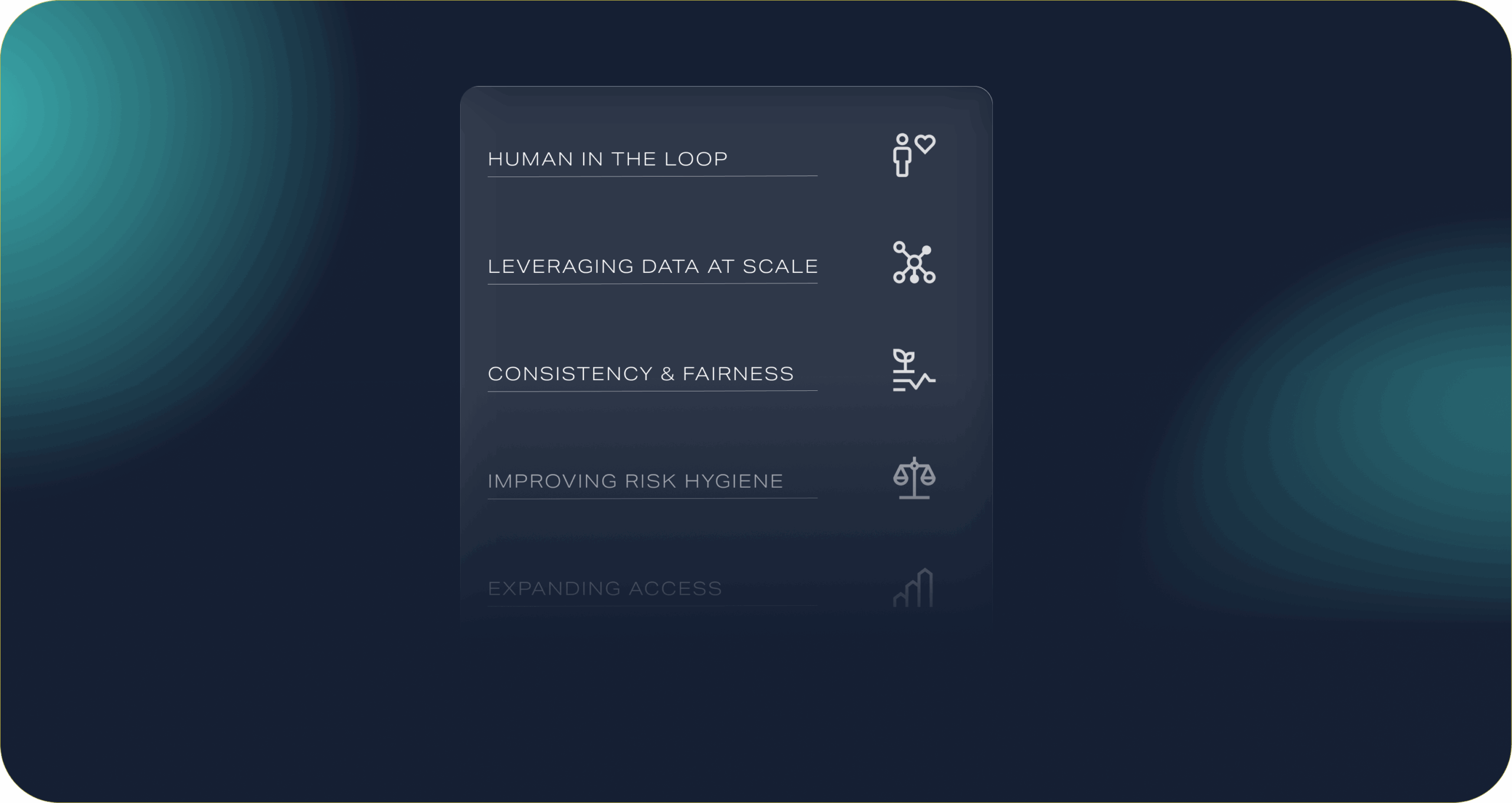Who’s keeping score?
How credit scoring came to be in the U.S.
Know your credit history, part one
“Know your credit history” is a three-part series that tells the stories behind the financial structures that shape how we make, lend, and borrow money in the United States today. Zest AI is making lending smarter, more efficient, and more accessible. Knowing where our systems of credit have come from is the first step in addressing their shortcomings and moving towards creating fairer and more inclusive credit for all.
You may know what a credit score is, but do you know where it comes from and why we’re still using them today?
The credit score. Three digits that pop up underneath your credit card statement, or next to your bank balance, or that you’ll pay a couple bucks every now and then to check on. If it’s on the higher end, you probably don’t have to pay it much thought. However, if it’s lower than the average credit score of 714, our current financial systems can make it so you have a lot to worry about. Apartment applications, background checks for a dream job, a loan for your first car, how much you pay for insurance, a mortgage on a starter home — the building blocks of the American Dream, safety, security, and a better, fuller life — can all be made inaccessible because of the systems in place that generate this one number. Knowing where these systems originated can be one of the first steps in making them more accurate and inclusive.
The early forms and evolution of credit reporting
A credit score has to be somewhat necessary, right? From the perspective of the lender, these scores provide a consistent and (hopefully) accurate way to assess the risk of extending credit based on a number of data points. On paper, this purpose makes sense; however, in practice, our current systems of credit fall short. The answer for why they do takes us about two centuries in the past, to a financial crisis that set the tone for American credit reporting we can still see today. The Panic of 1837 prompted a years-long depression and economic downturn in the United States. Like many other historic financial crises, the cause of this particular one can be boiled down to overextensions of credit paired with a deregulation of a central banking system under Andrew Jackson’s administration.
Burned by the crisis, one merchant, Lewis Tappan, set out to create a system that aggregated reported borrower’s reputation, characters, and assets, founding The Mercantile Agency, in 1841 that reported to the largest ledgers in New York City. One of the early issues with this kind of reporting was its subjectivity and tendency for racial, gender, and religious bias. While collecting data on borrowers, the agency reinforced the social hierarchies of the time, exacerbated by its fleet of mostly white and male correspondents. In this post-Civil-War era, the lack of societal recognition of these biases in financial reporting caused them to fly under the radar.
The Mercantile Agency became the blueprint for the consumer credit reporting firms to come in the next century. Rather than being optimized out, biases became baked into credit reporting, making it near impossible for minority groups to have a fair shot at credit.
Big data, big credit, and big regulation
Fast forward to the mid-1900s: we can follow this thread and see how it takes us to our modern idea of the credit score. Over the years firms consolidated or dissolved, all while creating credit profiles for millions of Americans.
Prior to the legislation that shaped how credit reporting operates today, the collection of your data would have looked much different. Imagine this: your credit report contains all the data you would guess that it contains — the length of your credit history, who you borrow from, how much you borrow, whether or not you pay it back, and how quickly — but it also contains some other factors as well. Reporting agencies would score you on rubrics that indicate your “character, habits, and morals.” Your report would also include the details of the conditions of your home or the possessions you have. — all in the name of helping lenders assess the risk of extending you credit. This scenario is tough to imagine, but was unfortunately a reality for many and by the late 1960s, public concern over credit surveillance had grown, and agencies were drawing regulatory attention.
In 1970, the Fair Credit Reporting Act was passed. In the legislation, Congress acknowledges the “elaborate mechanism [that had] been developed for investigating and evaluating the credit worthiness, credit standing, credit capacity, character, and general reputation of consumers.” To address these issues it required that consumer reporting agencies collect data in a “fair and equitable manner” emphasizing “confidentiality, accuracy, [and] relevancy.” The FCRA was a landmark piece of legislation and attempted to address the shortcomings of credit reporting that had been hurting consumers for the century and half prior to its implementation. The credit-scoring algorithms that we know today arose as a direct response to the FCRA and a need to centralize consumer credit reporting.
Leaving behind legacy scoring
This history lesson is here to show you that the systems that generate the three-digit-number that is supposed to sum up your entire credit history are not neutral, inherently ethical, moral, or even modern. As we’ll explore in part two, credit reporting and how consumer data is processed has changed since the passing of the FCRA, and there is still room to make credit reporting more accurate and inclusive.
In 2023, we have the tools to address the systemic harm traditional scoring methods do by using machine learning and AI automated underwriting built to root out bias. Zest AI invites you to ask: what if you and your borrowers were more than a score? As a credit union, what if you could offer more loans in an instant while not increasing risk? What if you could better serve your underserved community by using technology that enables you to safely lend down the spectrum?
Zest AI wants to recognize the contributions of our Summer 2023 interns for offering their insights to our site — thank you Simi Situ for this blog.

